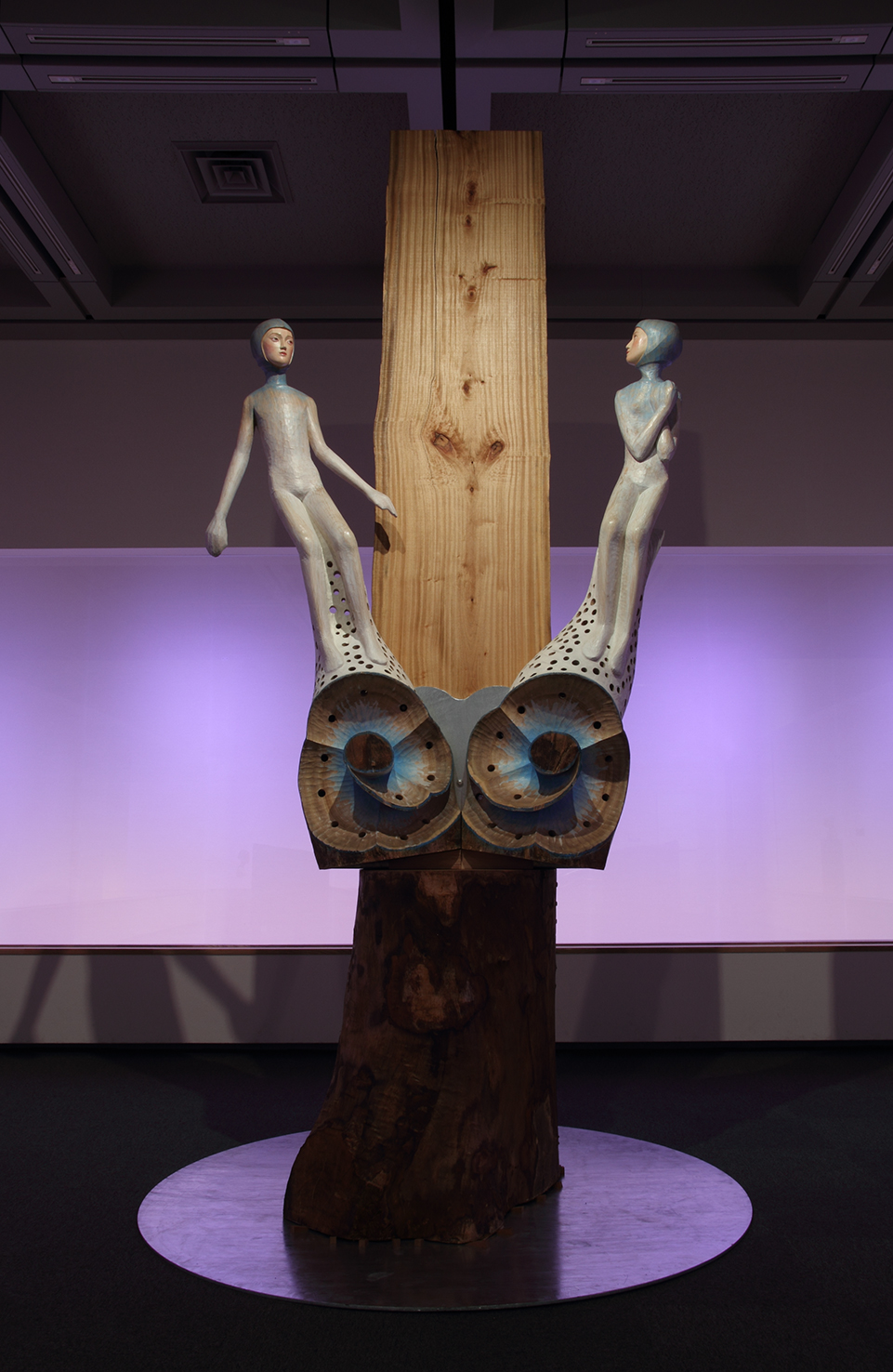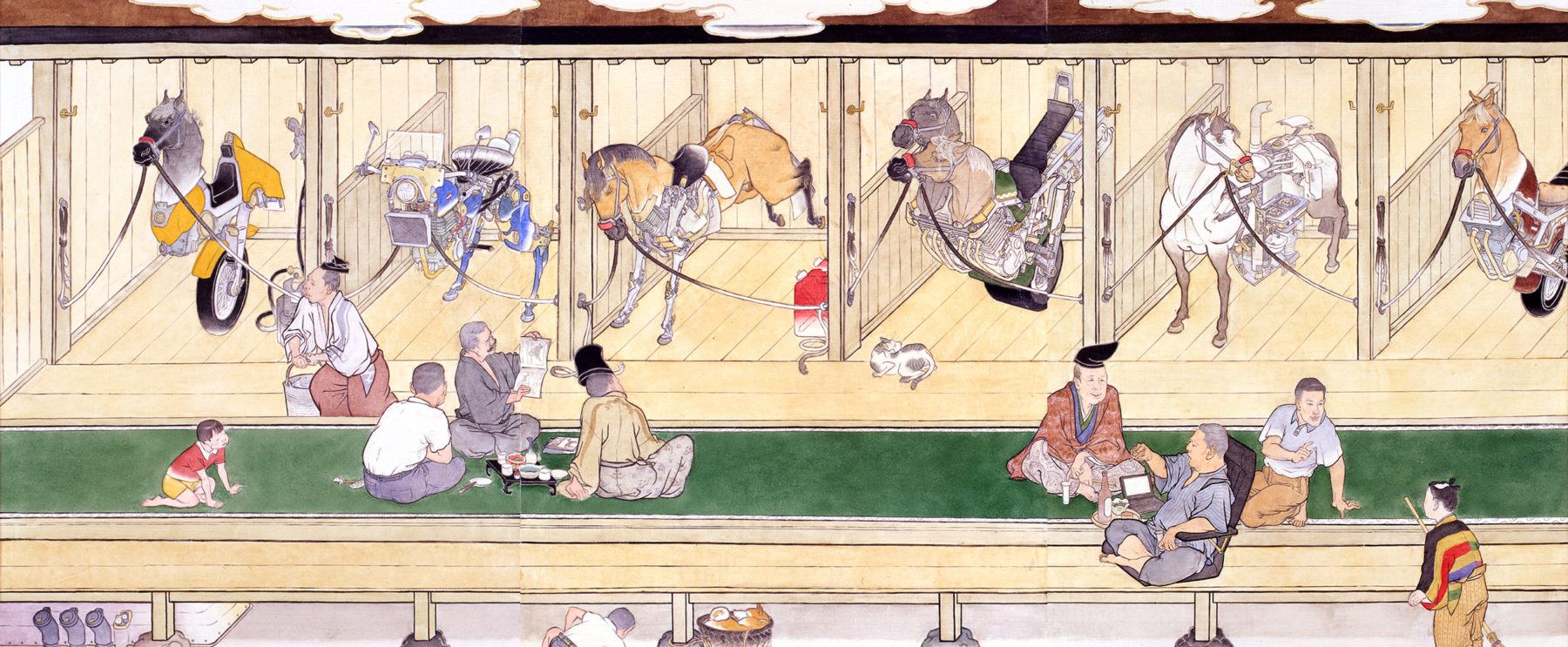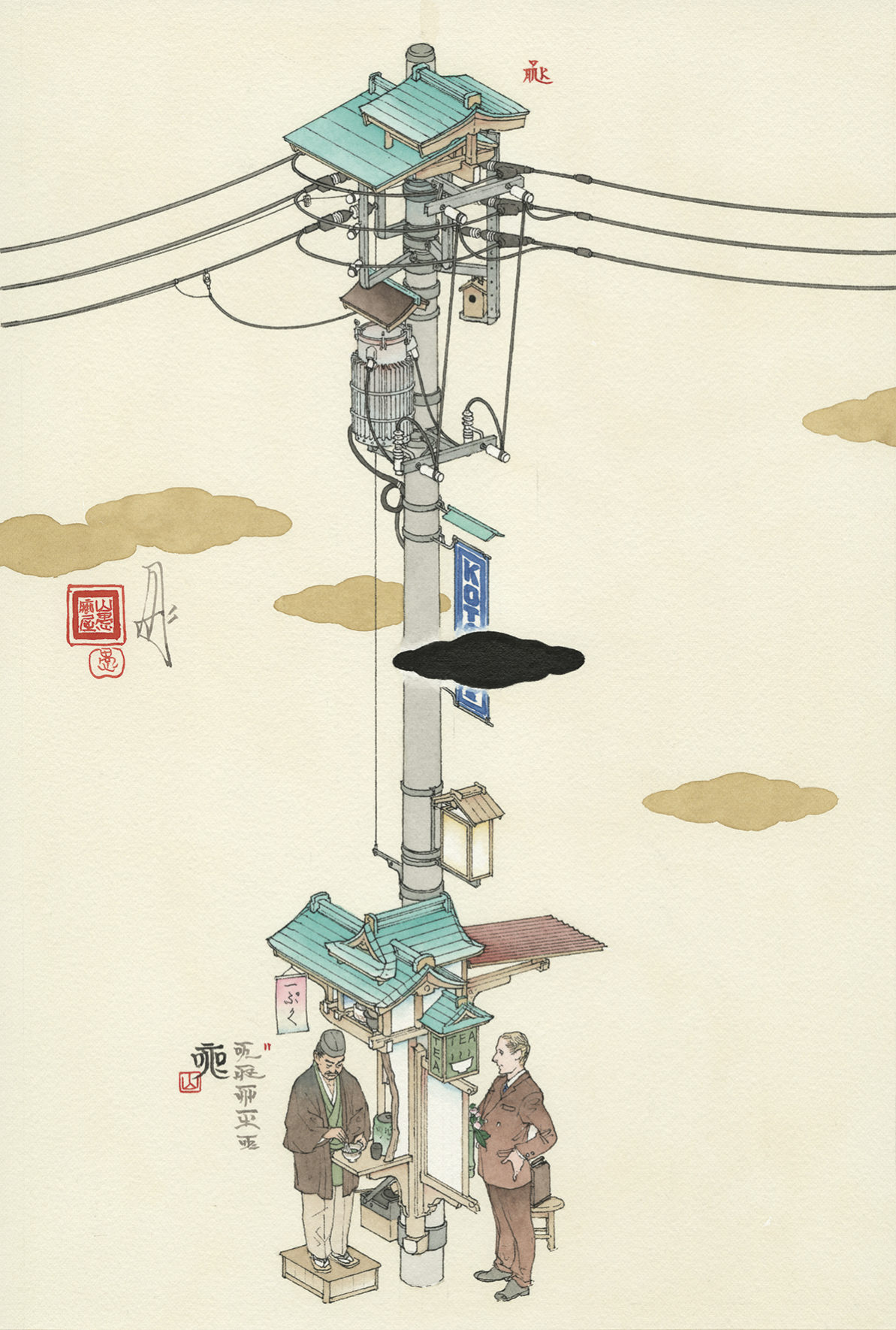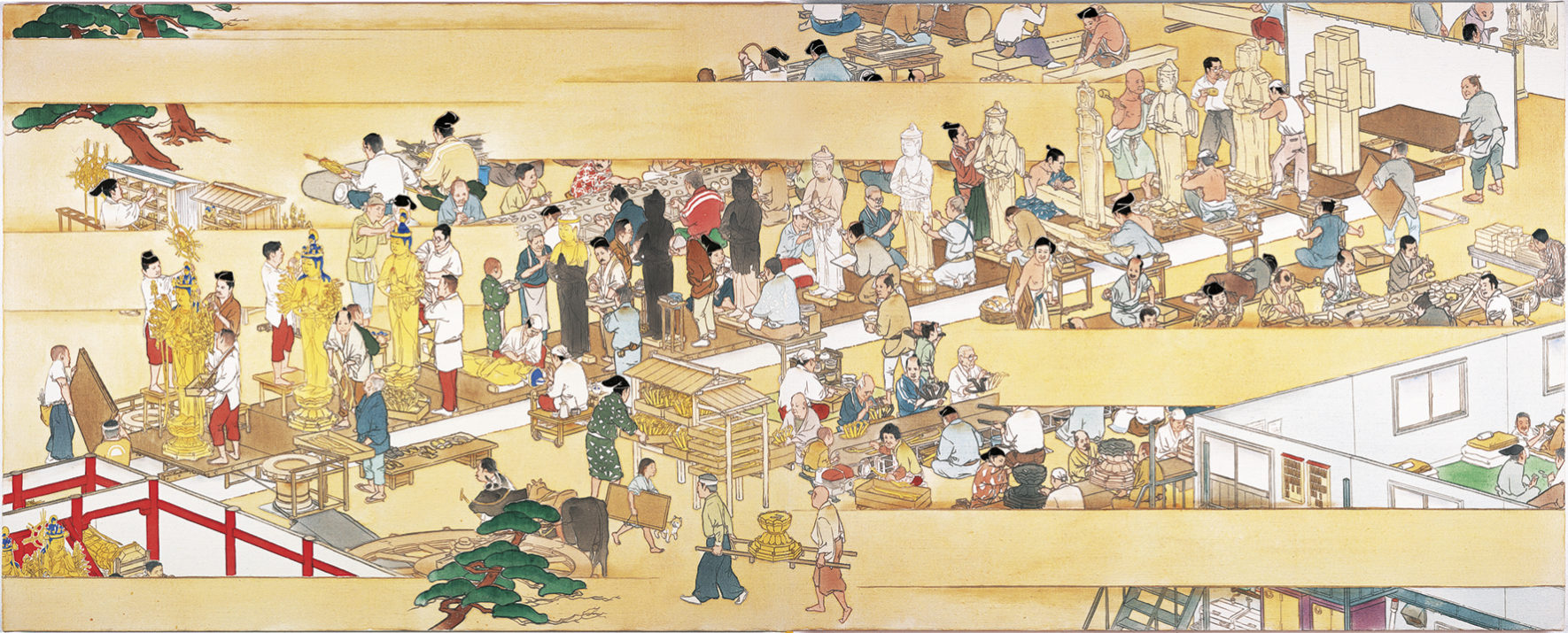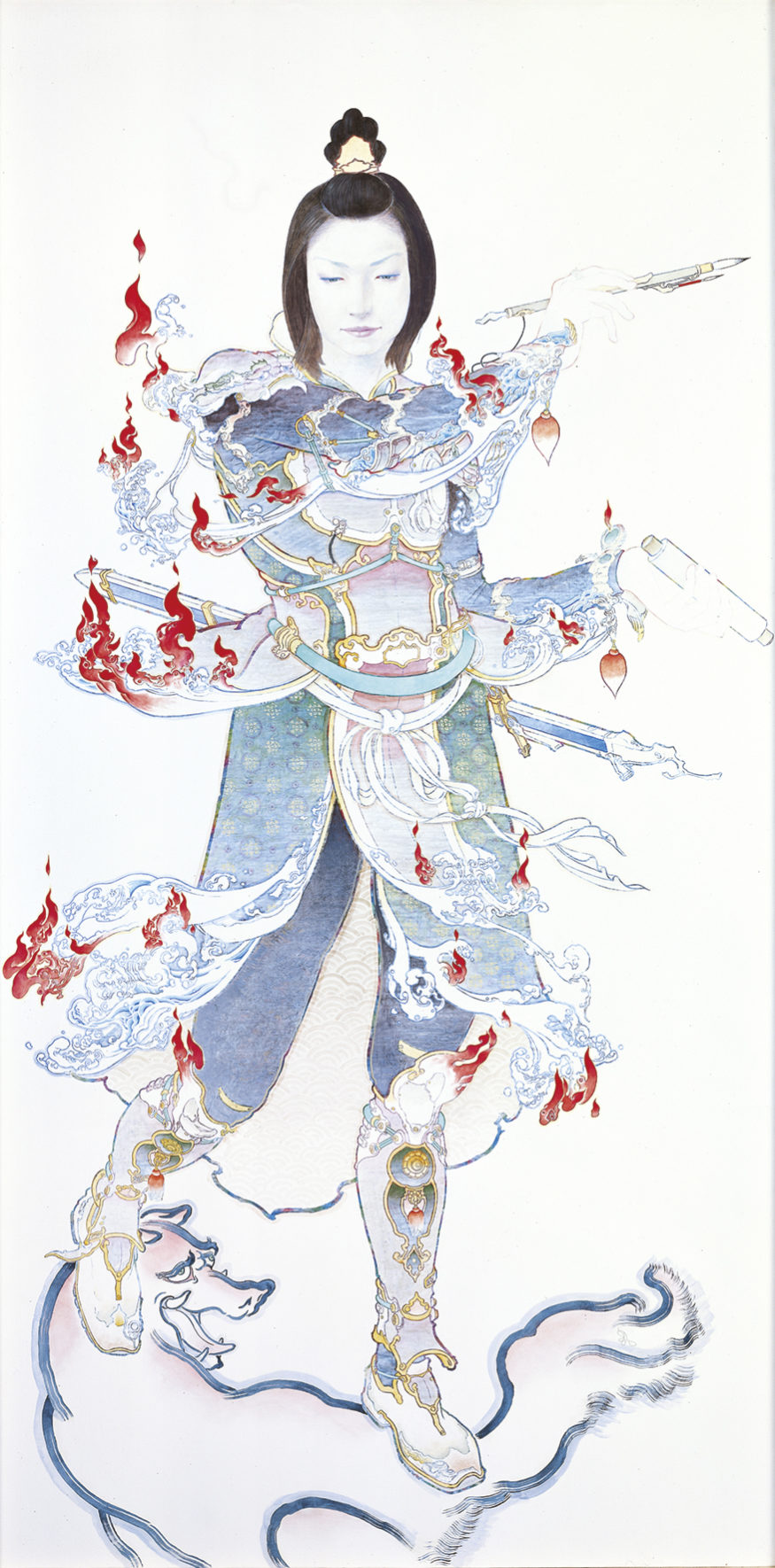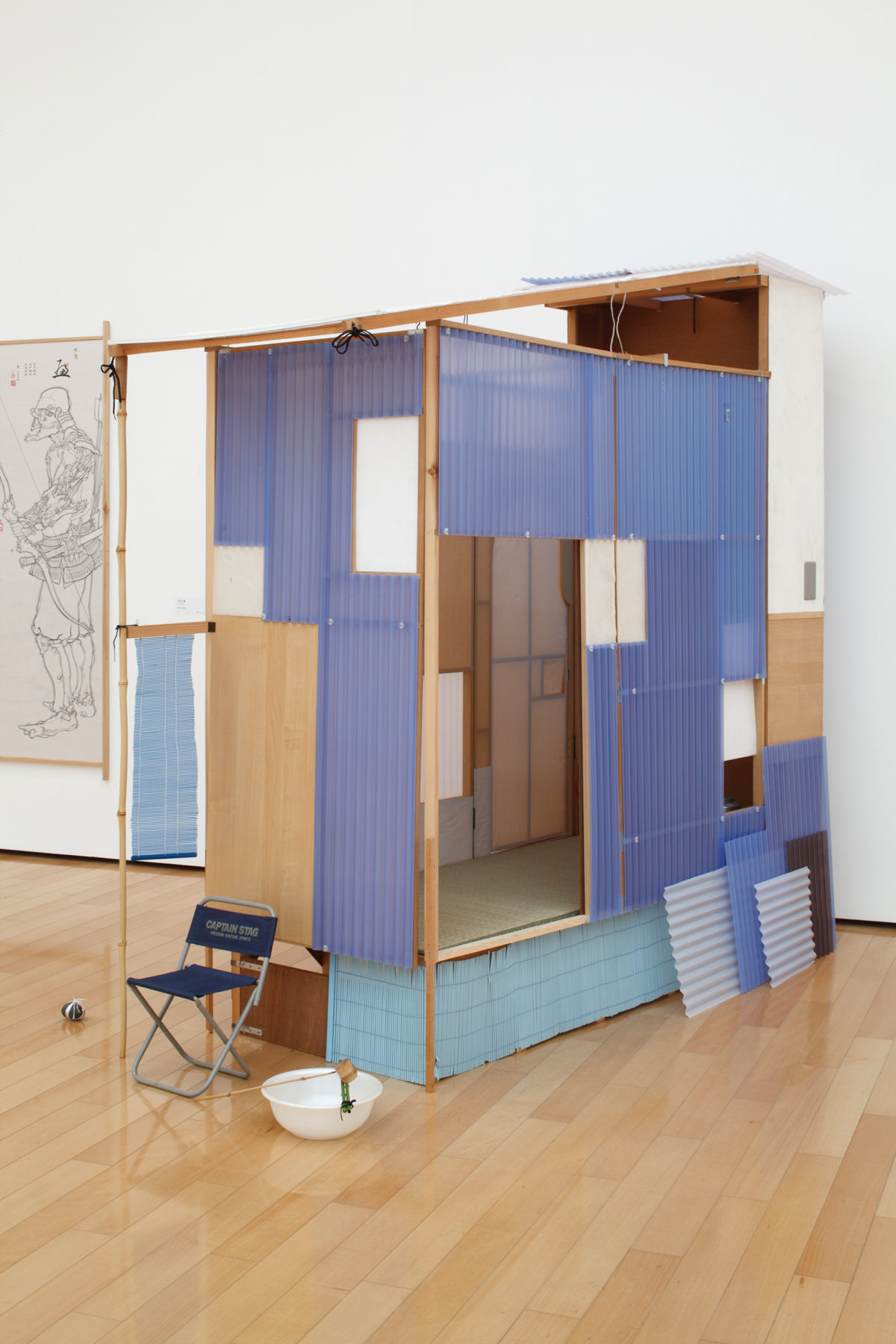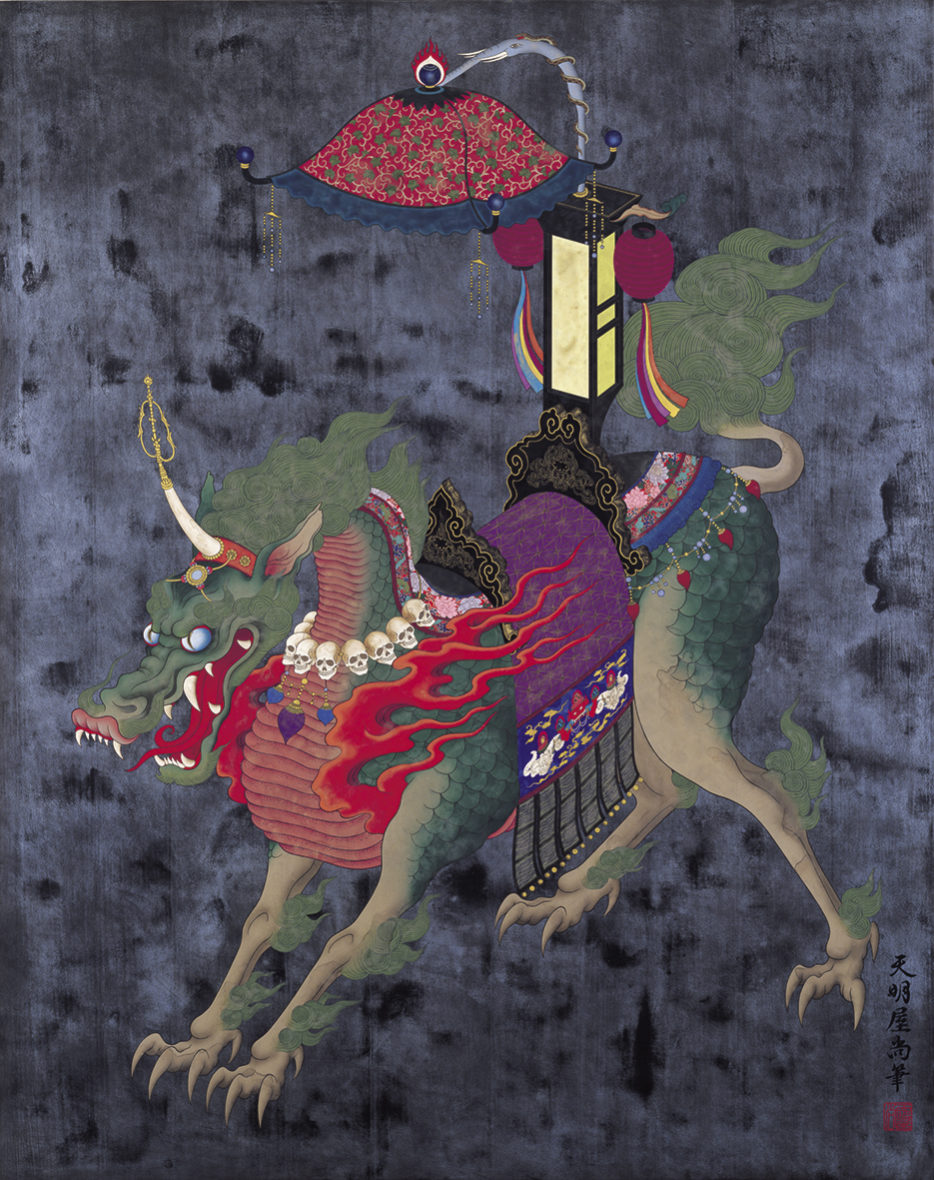Born in 1968 in Hyogo Prefecture, Japan. Graduated from Tokyo National University of fine Arts and Music with MA in sculpture in 1995.
TANADA Koji uses the ancient traditional Japanese woodcarving technique of Ichibokuzukuri, sculpture made from a single block of wood, to create statues of boys and girls. With slender limbs, expressive fingertips, and moist pupils that evoke diverse feeling. Giving expression to their immaturity and fragility that co-exist with supple possibilities of life, Tanada is attracting attention as a sculptor of the next generation.
Significant solo exhibitions in recent years include Eleven boys, one girl (The Vangi Sculpture Garden Museum, Shizuoka, Japan, 2008) and Rise (Nerima Art Museum, Tokyo, Japan, 2012 / travelled to Itami City Museum of Art, Hyogo, Japan, 2013).
Public Collection:
Museum of Contemporary Art, Tokyo, Japan
Takamatsu City Museum of Art, Kagawa, Japan
Long Museum, Shanghai, China
The National Museum of Art, Osaka, Japan
The Vangi Sculpture Garden Museum, Shizuoka, Japan
The Universty Art Museum, Tokyo University of the Arts, Japan
Artwork
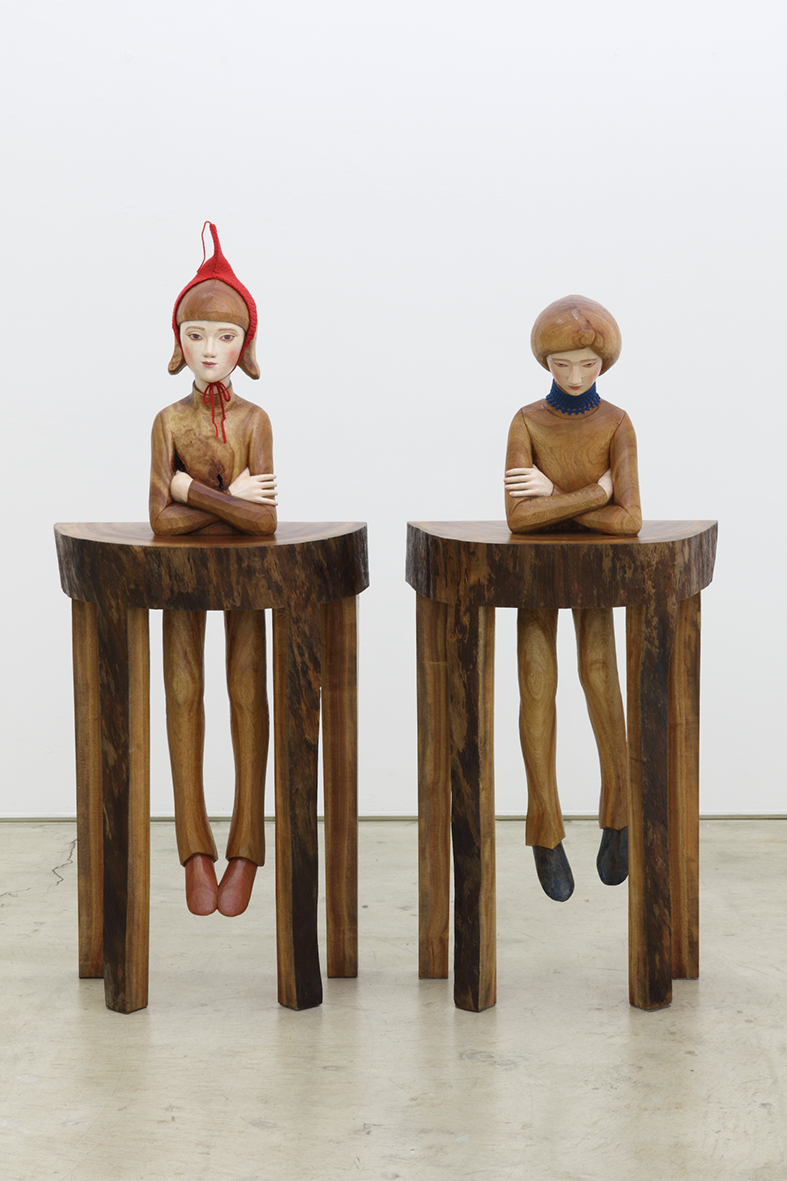
Desk Boy; Sun, Moon, 2015
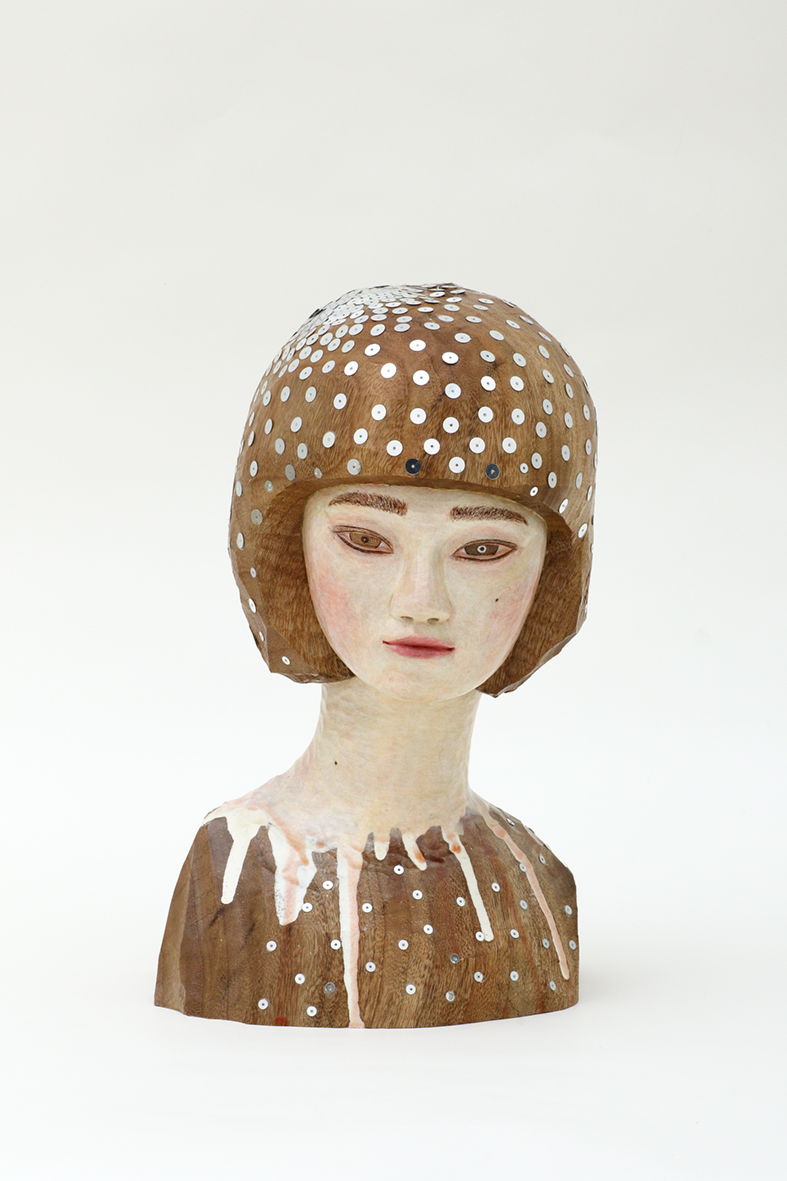
Star Star, 2016
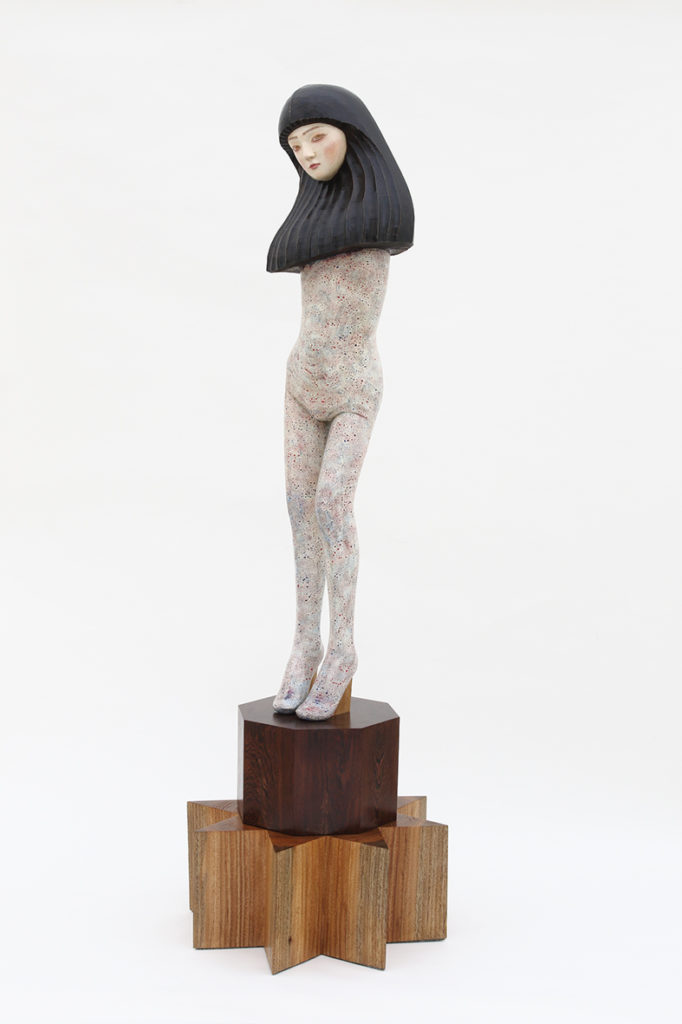
Blossoming girl standing on eight-sided forms, 2015
